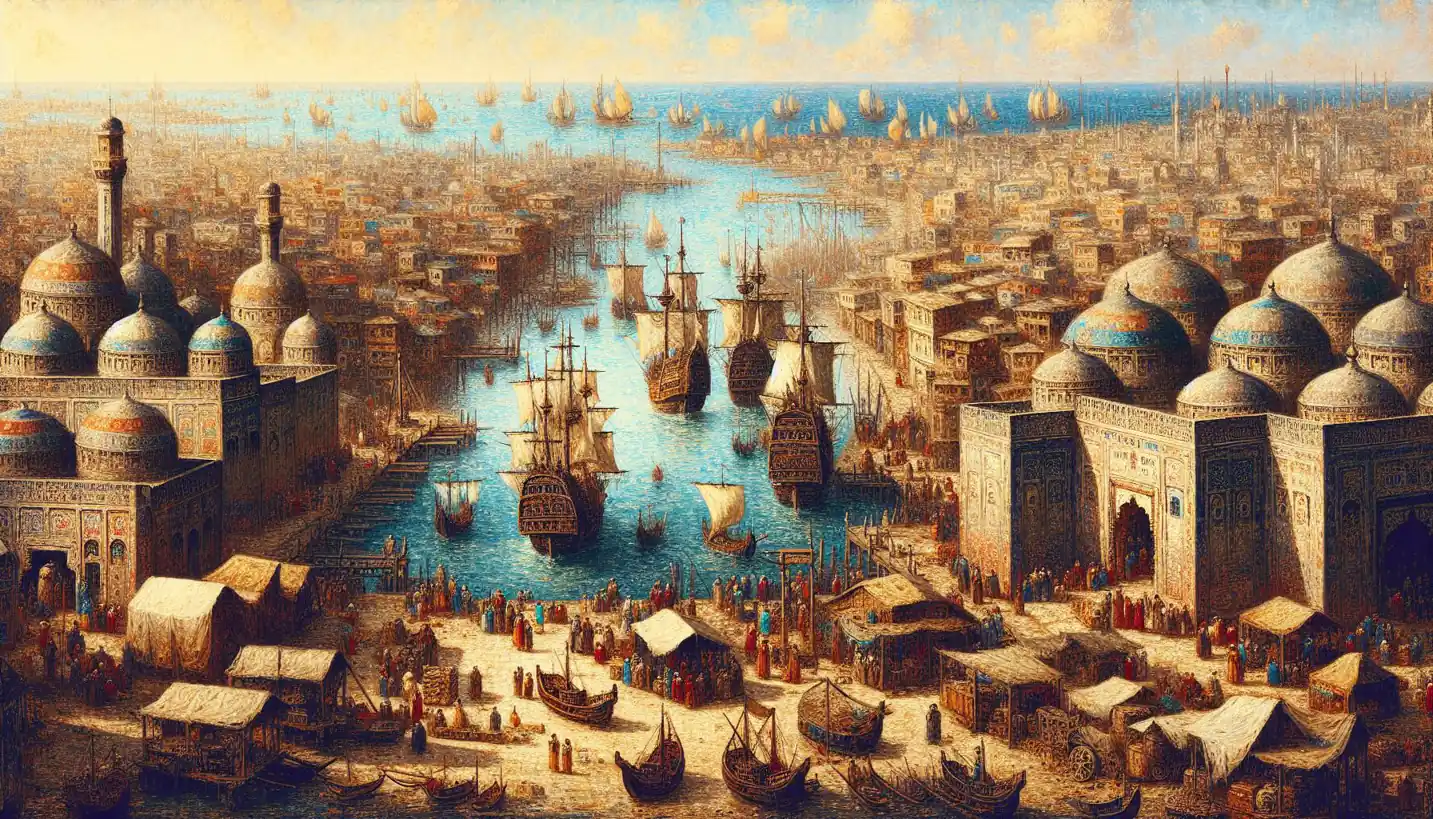· History · 4 min read
Immigrant Quota Act: Shaping Migration History
The Immigrant Quota Act dramatically altered who could move to America. Its repercussions are still felt, shaping migration patterns today.

Often, when talking about the history of migration in the United States, a pivotal moment reshaping how people arrived in the country emerges. It’s known as the Immigrant Quota Act. This piece of legislation created waves that still ripple through today’s immigration policies. But what exactly was this act, and why is it so significant?
A Turning Point in US Immigration
In the early 20th century, the United States was a land of opportunity and hope for countless individuals from around the world. People arrived by the thousands, each bringing dreams and desires for a new life. However, post-World War I, anxieties about the rapid influx of immigrants began to grow. There was a concern that too many newcomers would change the cultural fabric of the nation. These tensions led to the passing of the Immigration Act of 1924, commonly known as the Immigrant Quota Act.
This act wasn’t just another immigration policy; it was a game changer. By establishing quotas, it limited the number of immigrants allowed from specific countries, focusing heavily on restricting people from Southern and Eastern Europe and further limiting those from Asia. Thus, it drastically shifted America’s demographic landscape.
How the Quota System Worked
Let’s dive into how the quota system operated. Essentially, the quotas were put in place to allow only a certain percentage of people from each nationality who were already living in the United States based on the 1890 census. This was a strategic move. By choosing an earlier census, the policymakers ensured that the quotas favored immigrants from Northern and Western Europe, who dominated the U.S. population at that time.
Imagine a large umbrella, with each segment representing a different country. The size of each segment determined how many could come from each country, with some much larger than others. The act stipulated a cap of 2% of the total number of people of each nationality based on that 1890 census data. Notably, countries like Italy, Poland, and Greece faced significant cuts, while countries like the UK and Germany benefitted.
Impacts of the Act
So why does the Immigrant Quota Act hold so much weight in discussions on migration history? For starters, it set in motion the idea that America could and should control its demographic identity. It featured prominently in debates about the balance between maintaining a cultural identity and embracing diversity.
One might picture a melting pot, a popular metaphor for American diversity. Before this act, the melting pot theory suggested a seamless integration of cultures. However, the quotas introduced an element of selection, stirring the metaphorical pot differently by controlling how much of each ingredient was added.
A Reflection of Its Time
The act didn’t bubble up out of nowhere. It was a reflection of its time, embodying the racial and cultural prejudices prevalent during the era. There was fear—some rational, some irrational—about economic competition, cultural dilution, and even national security. These fears weren’t new, but the quota act was the first significant legislative embodiment of these concerns.
Legacy and Reforms
The legacy of the Immigrant Quota Act can’t be overstated. It carried on influencing U.S. immigration policy until 1965 when the Immigration and Nationality Act was introduced. This new act abolished the quota system, heralding a fresh wave of diversity by prioritizing family reunification and skilled immigrants.
Why does this matter today? The echoes of the quota act can still be heard in modern discussions about immigration reform. Debates often teeter between inclusivity and the protection of national interests, reminiscent of the early 20th-century sentiments.
Looking Forward
With the world more interconnected than ever, exploring the long-term impacts of such legislation has grown more captivating. What lessons can be drawn from understanding the dynamics of the quota system and its effects on family separation and contribution to societal change?
As America continuously navigates its identity as a nation of immigrants, looking back at the Immigrant Quota Act provides valuable insight. It serves as a reminder of the complex dance between fear and opportunity, prejudice and hope—a dance that continues as global migration patterns evolve.
Conclusion
The Immigrant Quota Act isn’t just an old law tucked away in history books; it represents a critical chapter in America’s ongoing story as a country shaped by migration. By understanding its roots, mechanics, and long-term impact, we can better appreciate the delicate balance that drives immigration policy and the profound ways it shapes society.



